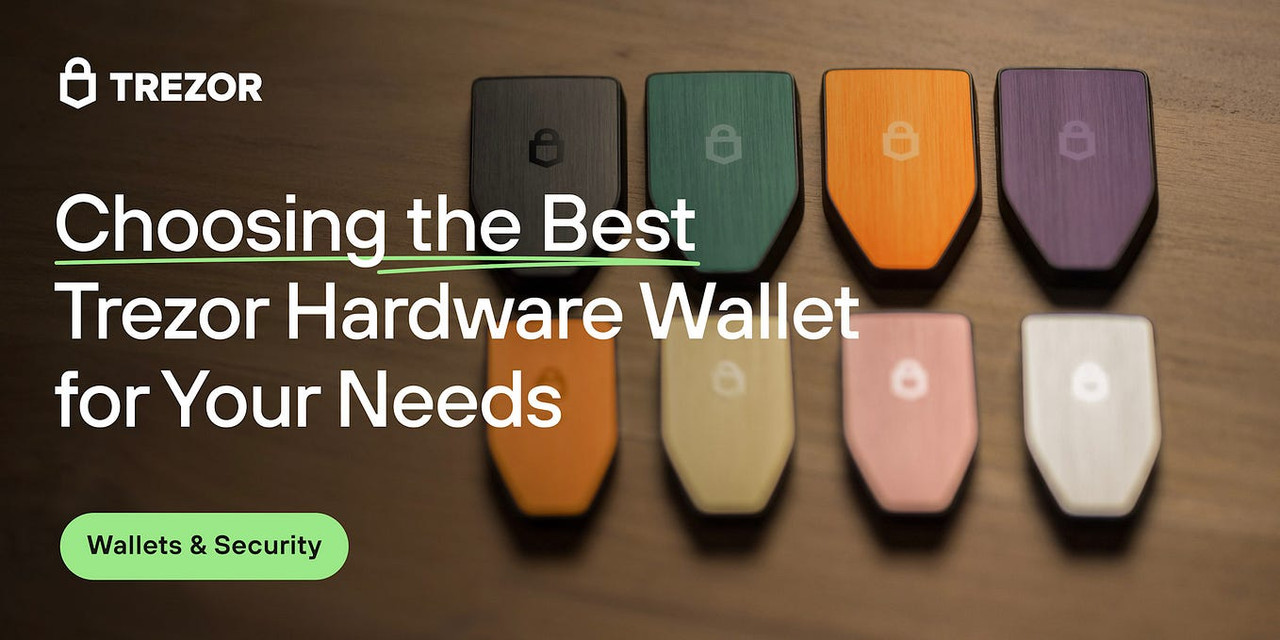What is Trezor Bridge (briefly)?
Trezor Bridge is a small local application that historically enabled communication between a plugged-in Trezor device and web pages or desktop wallet software. It acts like a translator: your browser or wallet talks to Bridge, and Bridge talks to the Trezor hardware over USB. That separation provided a consistent connection across operating systems without needing a browser extension.
Important: the current recommendation
In recent years the Trezor team moved functionality into the official Trezor Suite and web-backed flows. As a result, standalone Bridge is being deprecated and users are encouraged to use Trezor Suite or the web app unless a specific workflow still requires Bridge.
Where to download safely
Always download Bridge or any Trezor software from an official Trezor domain. The canonical starting points are the Trezor Start page and the Trezor Suite download pages. Beware of search-result lookalikes — the safest route is to navigate from the main trezor.io domain or suite.trezor.io and confirm you are on an official page before downloading installers.
Verifying the download (why it matters)
Downloads can be tampered with on mirrors or in transit. Verifying the cryptographic signature of an installer ensures the binary you downloaded was produced and signed by the Trezor team and has not been replaced by a malicious file. For security-conscious users, verification is standard practice.
Quick verification steps (common platforms)
Below are the high-level steps used by many users. Exact filenames and commands will vary with version numbers—match the version you downloaded.
- Download the Bridge installer (e.g.
trezor-bridge-2.x.x.pkgortrezor-bridge-2.x.x.deb) and the associated.ascsignature file from the official page. - Download the Trezor signing public key (a file with extension
.asc) from the official Trezor security page. - Import the signing key into your GPG keyring:
gpg --import satoshilabs-2021-signing-key.asc - Verify the signature:
gpg --verify trezor-bridge-*.deb.asc trezor-bridge-*.deb(or replace with the .pkg/.exe filename you downloaded).
If the output says the signature is good and shows the expected key ID (and the key is what you expect from the official Trezor signing key), that’s strong evidence the installer is authentic. If GPG complains or the key ID is unfamiliar, do not run the installer and re-check that you downloaded signing key and signature from official sources.
Installation notes & platform quirks
On macOS you may get a Gatekeeper prompt on first run; on Linux you’ll use the package manager or double-click the .deb; on Windows the installer will request administrator privileges. Follow OS prompts carefully and prefer the modern Trezor Suite when possible as it bundles the necessary connectivity pieces for you.
When should you still install standalone Bridge?
Most users today will have a smoother experience with Trezor Suite or by connecting via the official web app. Standalone Bridge is primarily useful for legacy setups or for specific third-party apps that have not migrated to modern integration patterns. If your workflow depends on Bridge, keep an eye on official guidance because Bridge may be removed entirely in future releases.
Security habits that matter more than any single file
- Always double-check you’re on an official trezor.io or suite.trezor.io page before downloading.
- Verify signatures for any binary installer you care about; signatures protect you from tampered downloads.
- Keep your device firmware and host software (Trezor Suite / Bridge) up to date to receive security fixes and compatibility improvements.
- Never enter your seed phrase into a computer or browser — only into the device when explicitly prompted during device setup, and only on the device screen.
- Consider using a dedicated, hardened machine for large holdings or frequent signings when feasible.
Final checklist before you run the installer
Confirm:
- You downloaded the file from an official Trezor page.
- You downloaded the signature and the official public signing key.
- GPG verification shows the signature is valid for the file you downloaded.
- Any prompts from your OS look legitimate and request reasonable permissions.
